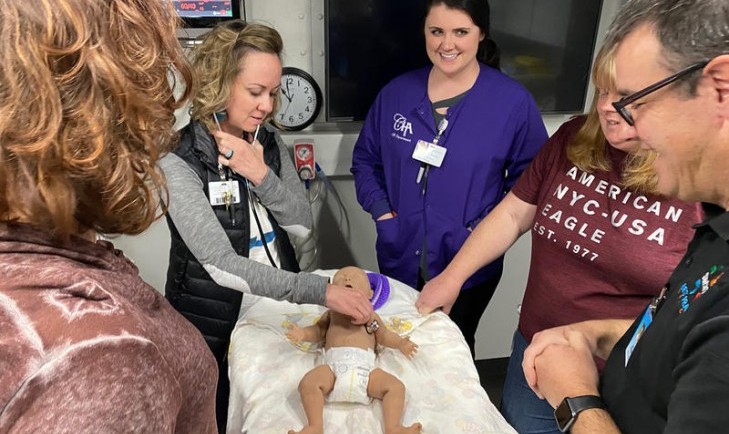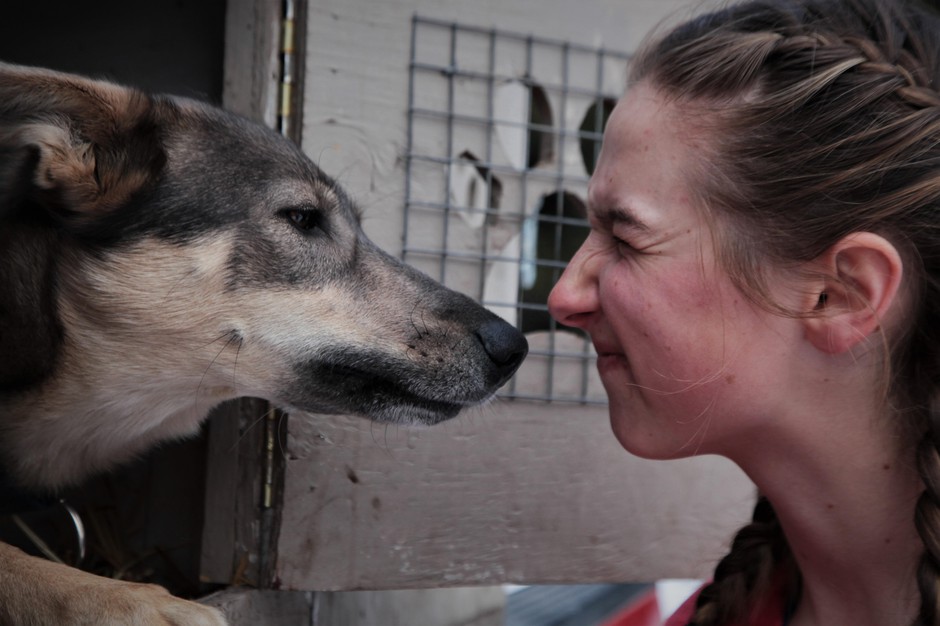
The Western Governors' Association keeps you updated on the news of the West. Here are the top stories for the week starting Jan. 20, 2020. Photo courtesy of Montana Public Radio.
The New Mexico Economic Department signed an agreement last January with Netflix, enabling the company to open its first U.S. production hub within the state’s borders. Since then, state officials estimate that the streaming giant has spent over $150 million in the state, KRQE reports, hiring more than 1,600 cast and crew members and utilizing over 2,000 production vendors.
Under the terms of the 2019 agreement, Netflix was allowed to purchase Albuquerque Studios, promising in return that it would spend $1 billion over the course of the next 10 years in New Mexico. As a production company, Netflix is eligible for the state’s Film Incentive Tax Credit, which offers rebates of up to 30% on qualified spending, with an additional 5% available for projects in rural areas, according to KRQE.
Based on figures from the New Mexico Film Office, the tax credit helped drive a total of more than $525 million in spending for the 2019 fiscal year, as well as almost 320,000 worker days (calculated by multiplying crew size by the number of days employed).
Additionally, in partnership with NBCUniversal, Netflix and New Mexico will also be launching a training program for “below-the-line production positions,” according to KRQE. The companies will each donate $55,000 annually over the course of the next decade in support of the program.
Simulated Training: Getting healthcare practitioners in remote areas the training they need can be difficult. A nonprofit in Montana, however, is helping to fix that problem by using state-of-the-art, computerized simulations. According to Montana Public Radio, Simulation in Motion Montana (SIM-MT) operates three mobile training labs equipped with the tools to simulate a variety of emergencies, including life-like mannequins connected to special monitors displaying heart rate, blood pressure and other vital signs. So far, SIM-MT has provided approximately 300 different training sessions in locations where such instruction would be otherwise unavailable, educating 5,400 Montana health care providers in the process.
The Census Begins: The U.S. Census began recently in the small, rural town of Toksook Bay, Alaska, where 90-year-old Lizzie Chimiugak became the first citizen to be counted in the decennial tally, AP News reports. Ever since the territory was acquired from Russia in 1867, Alaska has been the first state visited by Census Bureau, before the spring melt makes travel outside of the state’s urban areas nearly impossible. An Alaskan resident her entire life, Chimiugak grew up as one of 10 siblings. Currently, she is one of two surviving family members, along with her 101-year-old sister who lives in nearby Nightmute, Alaska.
Most Active States: A national study recently conducted by the Centers for Disease Control and Prevention revealed that Colorado was the most active state in the country, with 82.7% of residents saying they spend at least 30 minutes a day exercising in some form, KATU 2 reports. Also ranking in the top five were Washington, Utah and Oregon, where 81.7%, 81.4% and 80.8%, respectively, reported a half hour or more of daily physical activity. On the other end of the spectrum, Mississippi was the state found to have the least active population, with only 67% of residents reporting regular exercise.
 Extreme Dog Sled Racing: The Eagle Cap Extreme – Oregon’s largest dog sled race – takes place starting today (Jan. 23). Among the competitors braving the 200-mile journey is Morgan Anderson, a 20-year-old native of Enterprise, Oregon. According to Oregon Public Broadcasting, Anderson, a college student who trains on the weekends with seasoned veteran and accomplished long-distance musher Gabe Dunham, is making her first attempt at the full, 200-mile Eagle Cap Extreme course, having previously competed in one of the event’s smaller, 31-mile races the past two years. “It’s cool because I grew up watching this race and now, I get to compete in it,” Anderson said.
Extreme Dog Sled Racing: The Eagle Cap Extreme – Oregon’s largest dog sled race – takes place starting today (Jan. 23). Among the competitors braving the 200-mile journey is Morgan Anderson, a 20-year-old native of Enterprise, Oregon. According to Oregon Public Broadcasting, Anderson, a college student who trains on the weekends with seasoned veteran and accomplished long-distance musher Gabe Dunham, is making her first attempt at the full, 200-mile Eagle Cap Extreme course, having previously competed in one of the event’s smaller, 31-mile races the past two years. “It’s cool because I grew up watching this race and now, I get to compete in it,” Anderson said.
Get the latest news about the West and its governors by following the Western Governors' Association on Twitter, Facebook and LinkedIn.